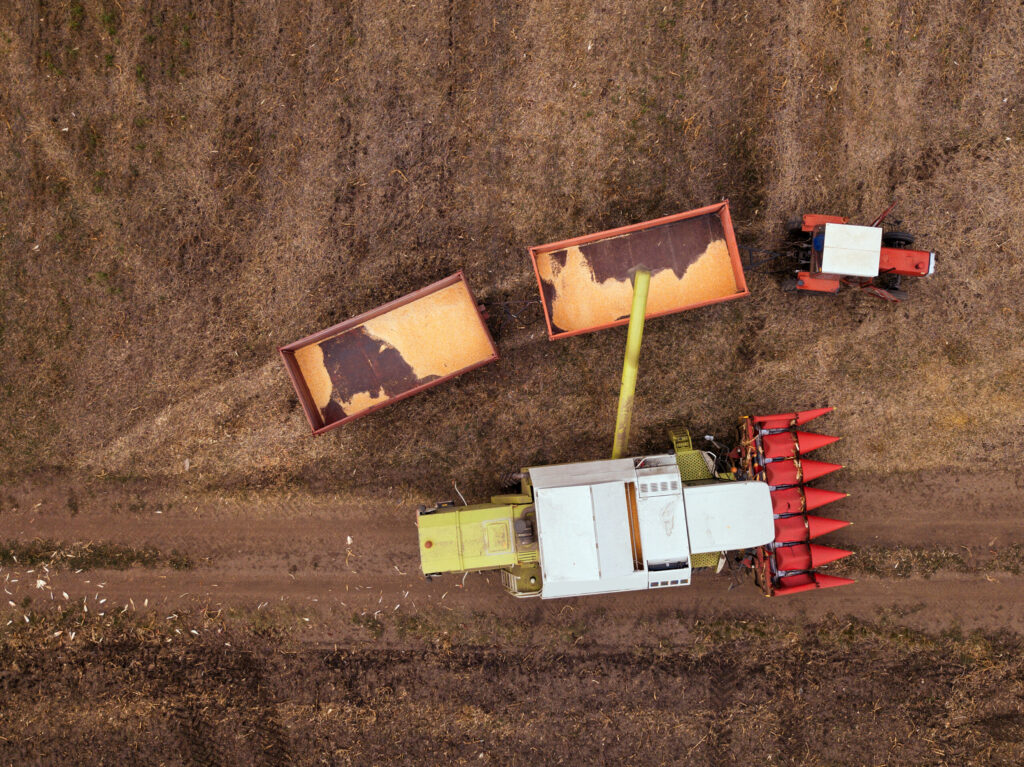Unlocking Agricultural Potential: How IoT Accelerates Revenue and Optimizes Business in 2024

In the dynamic landscape of 2024, agriculture and food businesses are increasingly turning towards technological solutions to enhance their operations. Among these, the Internet of Things (IoT) stands out as a pivotal enabler, offering new avenues for revenue acceleration and business optimization.
The IoT Revolution in Agriculture
IoT technology is reshaping the agricultural industry by providing real-time data and insights. By embedding sensors across farms, businesses can now monitor various parameters, such as soil moisture, temperature, and plant health, with unprecedented accuracy and efficiency. This capability not only improves crop management but also allows for precise resource allocation, leading to significant cost savings and increased yields.
Enhanced Crop Management
IoT devices facilitate a deeper understanding of crop needs. For example, soil sensors can provide valuable data on moisture levels, enabling farmers to optimize irrigation schedules and reduce water wastage. This precise approach not only conserves resources but also ensures that crops receive the ideal amount of water, enhancing their growth and quality.
Streamlining Farm Operations
IoT technology simplifies farm management by automating routine tasks. Automated irrigation systems and drones for crop monitoring reduce the need for manual labor, allowing businesses to redirect their focus towards strategic decision-making and innovation. This efficiency not only cuts down operational costs but also scales up production capabilities.
Predictive Analytics and Decision Making
Integrating IoT with AI and big data analytics transforms raw data into actionable insights. Farmers can now predict weather patterns, pest infestations, and crop yields more accurately. This predictive capability enables proactive decision-making, minimizing risks and enhancing overall productivity.
Driving Revenue Growth
The application of IoT in agriculture directly contributes to revenue growth. By optimizing resource usage and improving crop yields, farmers can significantly increase their output, leading to higher sales and profits. Moreover, the ability to consistently produce high-quality crops can open up new markets and strengthen a business’s competitive edge.
Reducing Operational Costs
IoT-driven automation and efficient resource management lead to substantial cost reductions. For instance, precise irrigation and fertilization based on sensor data reduce the expenditure on water, fertilizers, and pesticides. Lower operational costs naturally translate into higher profit margins.
Enhancing Product Quality
Through constant monitoring and data-driven cultivation practices, IoT helps in producing superior quality products. High-quality crops fetch better market prices and strengthen brand reputation, further boosting revenue.
Challenges and Considerations
While IoT offers immense benefits, businesses must also navigate challenges such as the initial investment in technology, data security concerns, and the need for skilled personnel to manage and interpret IoT data. Overcoming these challenges requires strategic planning and potentially collaborating with technology providers and experts.
Conclusion
As we move further into 2024, the integration of IoT in agriculture and food businesses is not just a trend but a necessity for staying competitive. By harnessing the power of IoT, businesses can unlock new potentials in revenue generation and operational efficiency. This technological evolution is not only transforming how we farm but also playing a crucial role in addressing the global food demand sustainably.
Embracing IoT in agriculture is no longer an option but a strategic imperative for businesses looking to thrive in the ever-evolving agricultural landscape of the 21st century.

